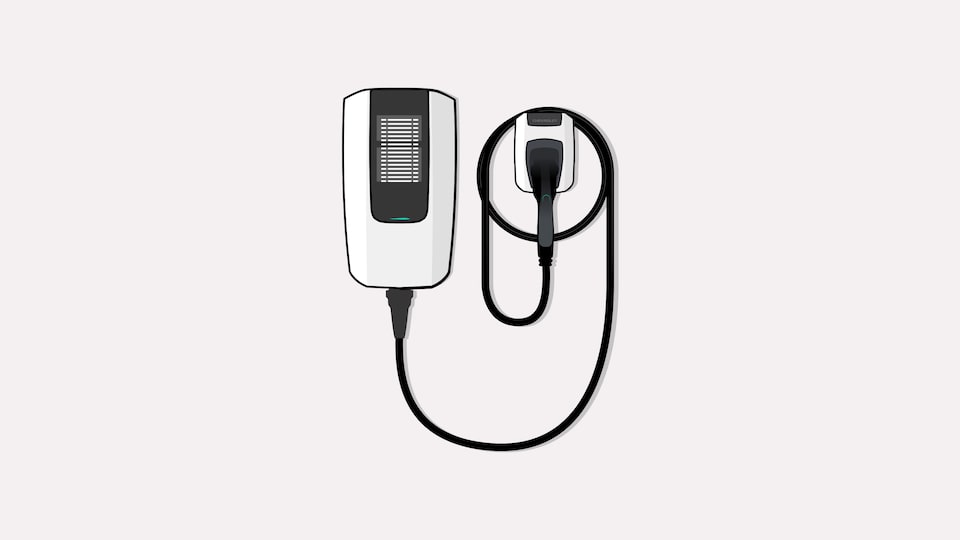EV CHARGING – TOP TIPS

HOME CHARGING

- Dual Level Charge Cord
comes standard with the Hummer EV. Can be switched between level 1 and level 2 charging.
- Plug in to your standard household electrical wall socket for Level 1 charging
- Level 2 charging (up to 7kW) may require professional installation and requires an industrial power outlet. Please contact your local dealer for further details.
- Plug in to your standard household electrical wall socket for Level 1 charging
- Level 2 home charger wall box
capable of single to three phase charging up to 22 kW
- Level 2 charging (up to 22kW) require professional installation.
- Approval for additional three phase power supply may be required from your local electricity authority
- Please contact your local dealer for further details and available home charging options
- Some countries require the home charger installation to be conducted by certified installers and may require additional approvals to be attained from the local electricity or other regulatory authorities.
- Please ensure that you adhere to local regulations for safe and proper EV charger installation
- Level 2 charging (up to 22kW) require professional installation.

PUBLIC CHARGING

- Charge using a level 2 (AC) public charging station
- Public charging stations can be located using the myGMC app
- Some public charging stations may require you to scan or use a designated charging app or card which may incur a fee
- Different countries have varying charging operators – with each one possibly requiring their own designated app or card to be used
- There are two types of public AC chargers
- With integrated charging cable – with this type of charger you can just scan your charging card (if paid) and plug in the integrated type 2 cable into your vehicle
- Without a charging cable – with this type of charger you would need to scan your charging card (if paid) and then plug in your own detachable type 2 to type 2 charging cable. Please contact your local dealer for details on how to purchase your own type 2 to type 2 charging cable.
- With integrated charging cable – with this type of charger you can just scan your charging card (if paid) and plug in the integrated type 2 cable into your vehicle
- Public charging stations can be located using the myGMC app
- DC Fast Charging (DCFC) Public Stations
- Public charging stations can be located using the myGMC app
- They are usually located in malls, petrol stations and highways
- DCFC ranges from 50kW all the way up to 350kW – with most petrol stations in GCC currently having 50kW DCFCs
- All DC fast charging stations have integrated charging cables due to the very high voltage and current flowing through them
- You may be required to pay to use some of these public DC fast charging stations (varies from different charging operators in different countries)
- Public charging stations can be located using the myGMC app
EV DO’S & DON’TS
DO’S
- Maintain your state of charge (SOC) between 20% - 80% for optimal battery performance
- Appropriately plan your home charging cycle as per your daily commute
- Take care of your EV’s battery. Keeping the battery at zero and repeatedly charging it will cause the battery to deplete more quickly.
- Protect your EV from prolonged exposure to heat. Try to park your EV under a shade
- While using a DC fast charger utilize the battery preconditioning feature for a more efficient fast charging experience
- For optimal charging speeds keep the air conditioning switched off
DON’TS
- Avoid parking your EV directly under the sun as this can affect battery life
- Avoid waiting until the last minute to charge your EV to prevent range anxiety
- Avoid driving over the charging cable to prevent damage of the equipment
- Avoid plugging your EV charger into old/worn-out sockets


